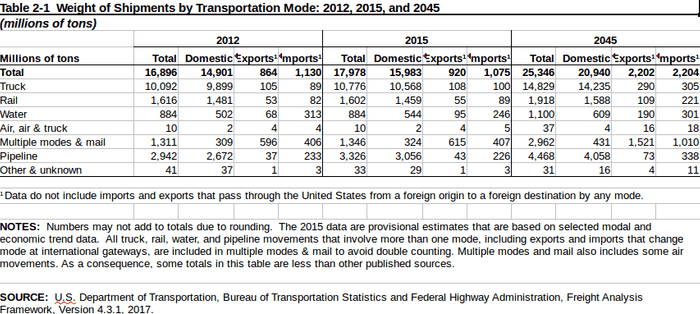From Web-Application to Web Framework
The motivation behind this project is to create a new framework for calculating Land, Sea, and Air freights in supply chain companies. Freight Forwarding is a branch in the Supply Chain industry which has been greatly impacted by advances in tech- nology. We see this from Amazon using KIVA system robots, to other companies using shipping updates on packages ordered from their website. LSP Cargo Inc. is a company which has been involved with international shipping and logistics for 20 years. This is a company which has made little to no technological advancements in its history as an NVOCC . This gives me a great opportunity to apply my knowledge of cargo and of software to create an application which can make a huge impact. The way logistics works is simple but a little complicated too. I will first go into detail on the life cycle of an order in LSP(Logistic Service Providers) Cargo Inc. and how it differs from one of the bigger shipping companies such as FedEx or USPS.
Projected growth of cargo industry into 2045

There is an ever increasing demand in supply chain at this time due to how entertwined it is with ecommerce. Now-a-days one can order something using the internet and be surprised if it doesn’t get there within 3 days. This also fueled my motivation to accomplish this project.
Technologies Used
The main framework I used was Node.js. With this I was able to host my site on both MySQL and mongodb. With this I also got familiar with jQuery, JSON, Ajax, ExpressJS, etc. All of these technologies all had their difficulties but none like jQuery I must say. Dealing with JSON data can be comfortable since it is the standard format for most RestAPI’s but the syntax was very confusing since I was not familiar with the dollar sign nor was I familiar with the actual processes of the program. With a lot of trial by fire however I was able to demonstrate and understand more deeply what it is they do on a basic level.
